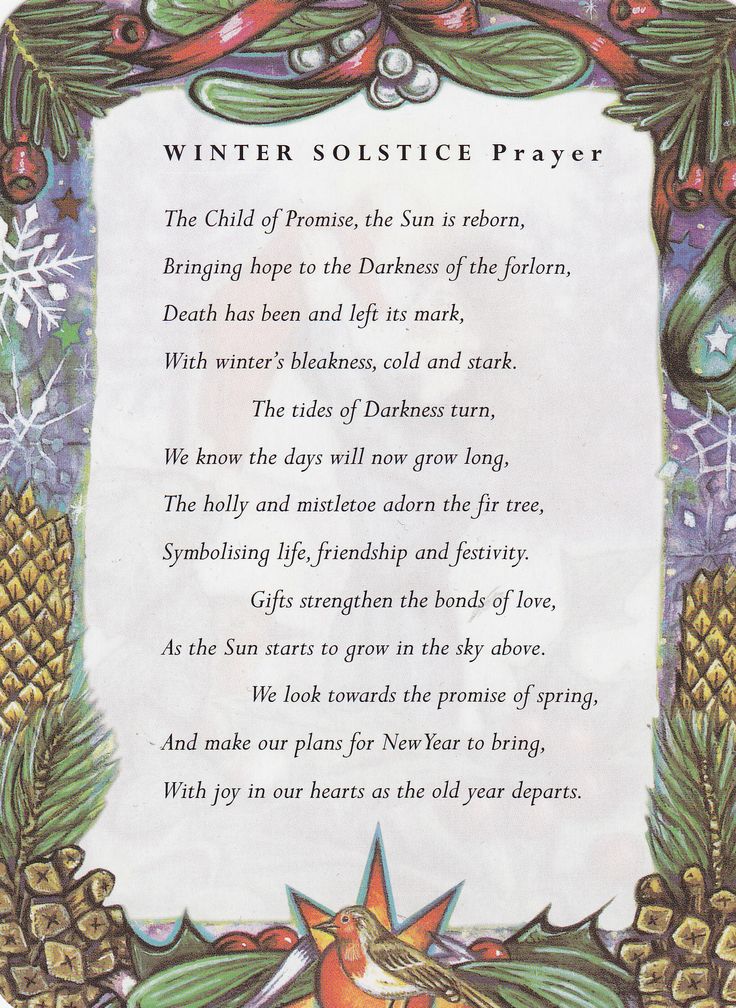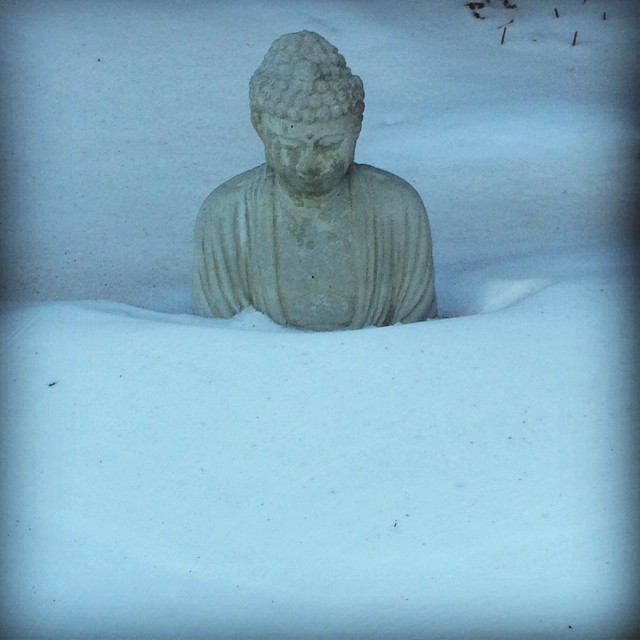>> Children’s Day & the Winter Solstice & what they Mean for us. December 2023 update!
Cheerful Children’s Day! Happy Winter Solstice. The dark and cold is important—it slows us down, we sit by the hearth, we remember our ancestors, learn from the past, and invest in love and cheerfulness. And now, the light returns!
Parents! Children! The biggest funnest celebration of the year in the Buddhist tradition is upon us! It’s cross-cultural, too, it honors the Winter Solstice, Invicti Solis, the darkest day of the year, and the return of the sun!
We just marked the shortest, darkest day of the year. That may sound like a not-great thing—the trough or nadir of our year.
And yet, pagan traditions, including the Romans, looked at it as the Birthday of the Sun. The return of the Sun. From here on out, we’re brightening. We’re lightening. We’re awakening, like the morning sun of our basic goodness.
The way to honor this new turn around the sun—this New Year—is not to fight the dark, but to honor it, too, by taking time to slow down. To enjoy some contemplation: how are we doing? Can we make better friends with ourselves? Can we make some changes—not out of self-aggression, but out of appreciation for this short, precious human life?
Cheerful Children’s Day! A celebration of Invicti Solis, the Winter Solstice—the Darkest Day of the Year—in the Buddhist tradition.
December 21st.
Jews have Hanukkah. Christians, Xmas. African-Americans, Kwanzaa. Buddhists? Children’s Day.
Children’s Day is the Buddhist equivalent of Hannukah—a holy-day we American Buddhists put up to warm us against the strong winds of Christmas. It’s coming…and I already miss my mom waking me up too early singing something and serving me breakfast in bed with a home made present carefully wrapped and calligraphed.
Here’s how we celebrate it:
Get up too early.
Presents! You’ll find ’em beneath the lineage tree, or (more properly) the Shambhala Shrine, all white satin and gold and brass, with the Japanese-style King and Queen of Shambhala sitting atop the shrine.
A little meditation.
Then, go to your local Shambhala Center, and celebrate with all the children. What do we do? Sit through agonizingly corny plays featuring the Tiger, Lion, Garuda and Dragon (only the little children, and the parents, really enjoy the plays). Sit through an out-of-touch talk by some old people—or, if you’re lucky, a short funny talk by someone who gets children (Joe Mauricio, say). Get blessed, which is cool. Eat candy, run around and make noise, get told nicely (this is your day, after all) to quiet down, sit down, flirt with that girl or boy you totally don’t like at all. Go home or something, I don’t remember what comes after the big celebration. Probably a nap.
Click here for all the info (including how to put together a shrine) you could ever want about how to create and celebrate your own Children’s Day. (Or check out your local Shambhala Center). Excerpt:
“Sometimes people tell us to ‘be happy.’ Good vibes only! But when we dare to feel our sadness, our confusion, our grumpiness, we can embrace our own hearts & be fundamentally cheerful, a cheerfulness that encompasses the whole world!” ~ Waylon Lewis
Winter Solstice: The Unconquered Sun
(The Unconquered Sun first appeared as an article by Janet Shotwell in the Karma Dzong Banner)
At the Winter Solstice, we celebrate Children’s Day to honour our children and to bring warmth, light and cheerfulness into the dark time of the year. Holidays such as this have their origin as “holy days”. They are the way human beings mark the sacred times in the yearly cycle of life.
In the northern latitudes, midwinter’s day has been an important time for celebration throughout the ages. On this shortest day of the year, the sun is at its lowest and weakest, a pivot point from which the light will grow stronger and brighter. This is the turning point of the year. The Romans called it Dies Natalis Invicti Solis, the Birthday of the Unconquered Sun.
The Roman midwinter holiday, Saturnalia, was both a gigantic fair and a festival of the home. Riotous merry-making took place, and the halls of houses were decked with boughs of laurel and evergreen trees. Lamps were kept burning to ward off the spirits of darkness. Schools were closed, the army rested, and no criminals were executed. Friends visited one another, bringing good-luck gifts of fruit, cakes, candles, dolls, jewelry, and incense. Temples were decorated with evergreens symbolizing life’s continuity, and processions of people with masked or blackened faces and fantastic hats danced through the streets.
The custom of mummers visiting their neighbors in costume, which is still alive in Newfoundland, is descended from these masked processions.
Roman masters feasted with slaves, who were given the freedom to do and say what they liked (the medieval custom of all the inhabitants of the manor, including servants and lords alike, sitting down together for a great Christmas feast, came from this tradition). A Mock King was appointed to take charge of the revels (the Lord of Misrule of medieval Christmas festivities had his origin here).
In pagan Scandinavia the winter festival was the yule (or juul). Great yule logs were burned, and people drank mead around the bonfires listening to minstrel-poets singing ancient legends. It was believed that the yule log had the magical effect of helping the sun to shine more brightly.
Mistletoe, which was sacred because it mysteriously grew on the most sacred tree, the oak, was ceremoniously cut and a spray given to each family, to be hung in the doorways as good luck. The Celtic Druids also regarded mistletoe as sacred. Druid priests cut it from the tree on which it grew with a golden sickle and handed it to the people, calling it All-Heal. To hang it over a doorway or in a room was to offer goodwill to visitors. Kissing under the mistletoe was a pledge of friendship. Mistletoe is still forbidden in most Christian churches because of its Pagan associations, but it has continued to have a special place in home celebrations.
In the third century various dates, from December to April, were celebrated by Christians as Christmas. January 6 was the most favored day because it was thought to be Jesus’ baptismal day (in the Greek Orthodox Church this continues to be the day to celebrate Christmas). Around 350, December 25 was adopted in Rome and gradually almost the entire Christian Church agreed to that date, which coincided with Winter Solstice, the Yule and the Saturnalia. The merry side of Saturnalia was adopted to the observance of Christmas. By 1100 Christmas was the peak celebration of the year for all of Europe. During the 16th century, under the influence of the Reformation, many of the old customs were suppressed and the Church forbade processions, colourful ceremonies, and plays.
In 1647 in England, Parliament passed a law abolishing Christmas altogether. When Charles II came to the throne, many of the customs were revived, but the feasting and merrymaking were now more worldly than religious.
Here in Nova Scotia outdoor coloured lights play an important part in the local celebration of the mid-winter season. With the day turning to darkness so early in the North, it is cheering to look out into the cold and dark at lights sparkling and glittering in the crisp air.
Our celebration of Children’s Day is inspired not only by the pagan celebrations of mid-winter but arises also out of the Japanese holidays of Boy’s Day and Doll’s Day, which are two separate days in the spring, when boys and girls of a certain age are presented to the temple and honored with special gifts. The Shambhala Children’s Shrine is modeled after the display of ancestral dolls traditional in homes on Doll’s Day.
Our sangha is our village, our clan, our family. Our children belong to all of us, and are bright reminders of the future of Buddhism. We celebrate them and the Great Eastern Sun together at the darkest time of the year, with open-hearth parties and cheerful festivities.
Click here for a wonderful talk by Chogyam Trungpa Rinpoche, courtesy the Walter Fordham’s essential Chronicle Project. Here’s some other source material.
Excerpt via Chronicle Project:
In this talk we hear Chögyam Trungpa speaking with sangha children eight days before the first Children’s Day in 1978. Rinpoche’s brief talk and the discussion that follows are really quite wonderful for children and adults alike. The children are so sweet and intelligent and they elicit some very interesting comments from Rinpoche about his escape from Tibet, Jesus and other religious figures, depression, sitting practice and more. Trungpa Rinpoche gave this talk to the children shown below on December 17, 1978—just eight days before the first Children’s Day.













Read 9 comments and reply